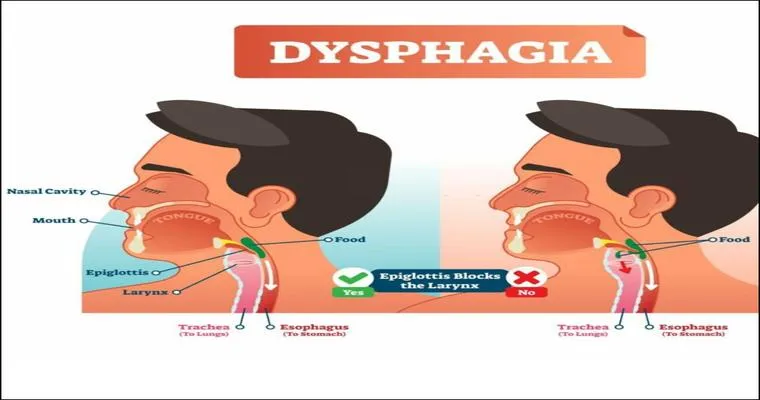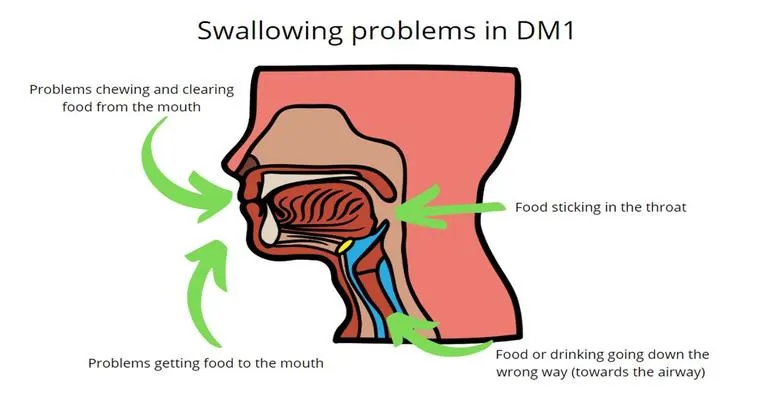"Dysphagia" is a medical condition that affects a person's ability to swallow. It can lead to discomfort and serious health issues, making it essential for caregivers and loved ones to understand how to assist those experiencing this condition. This article will explore practical ways to help someone with "dysphagia", focusing on effective strategies and supportive measures to enhance their quality of life.
Understanding Dysphagia
Dysphagia can arise from various causes, including neurological disorders, muscular issues, or structural abnormalities in the throat or esophagus. Symptoms may include difficulty swallowing, choking, coughing during meals, or a sensation of food being stuck in the throat. Recognizing these signs early is crucial for timely intervention and management.
Creating a Safe Eating Environment
One of the first steps to help someone with dysphagia is to ensure a "safe eating environment". Here are some tips to consider:
1. "Minimize Distractions": Ensure the eating area is quiet and free from distractions. This helps the individual focus on swallowing and reduces anxiety during meals.
2. "Positioning": Encourage the person to sit upright at a 90-degree angle while eating. This position can facilitate better swallowing and reduce the risk of choking.
3. "Use Adaptive Utensils": Consider using specialized utensils and plates designed for individuals with dysphagia. These may include cups with lids, utensils with larger grips, or plates with raised edges to prevent spills.
Modifying Food and Drink Consistency
Adjusting the consistency of food and drinks is vital for someone with dysphagia. Here are some strategies:
1. "Thickening Agents": Use thickening agents approved by healthcare professionals to modify liquids and make them easier to swallow. This can help prevent aspiration, where food or liquid enters the airway.
2. "Soft Foods": Offer soft, moist foods that are easier to chew and swallow. Foods such as pureed fruits, mashed potatoes, and yogurt can be beneficial.
3. "Small Bites": Encourage the person to take small bites and chew slowly. This approach can reduce the risk of choking and make swallowing easier.
Encouraging Proper Eating Habits
Promoting healthy eating habits can significantly impact the well-being of someone with dysphagia. Here are a few suggestions:
1. "Take Breaks": Allow ample time for meals and encourage breaks between bites. This can help the individual manage their swallowing and reduce anxiety.
2. "Stay Hydrated": Encourage regular hydration, as staying hydrated is essential for overall health, but ensure that liquids are appropriately thickened.
3. "Monitor Eating": Always supervise meals, especially for individuals who may be at a higher risk of choking. Being present can help provide immediate assistance if needed.
Seeking Professional Help
If you or someone you know is struggling with dysphagia, it is crucial to consult with healthcare professionals. A speech-language pathologist can assess swallowing difficulties and provide tailored strategies and exercises to improve swallowing function.
Conclusion
Helping someone with "dysphagia" can be challenging, but with the right strategies and support, you can significantly improve their eating experience and overall quality of life. By creating a safe environment, modifying food and drink consistency, encouraging proper eating habits, and seeking professional guidance, you can make a positive difference for someone facing this condition. Remember, patience and understanding are key in this journey, and every small step counts toward better management of dysphagia.





